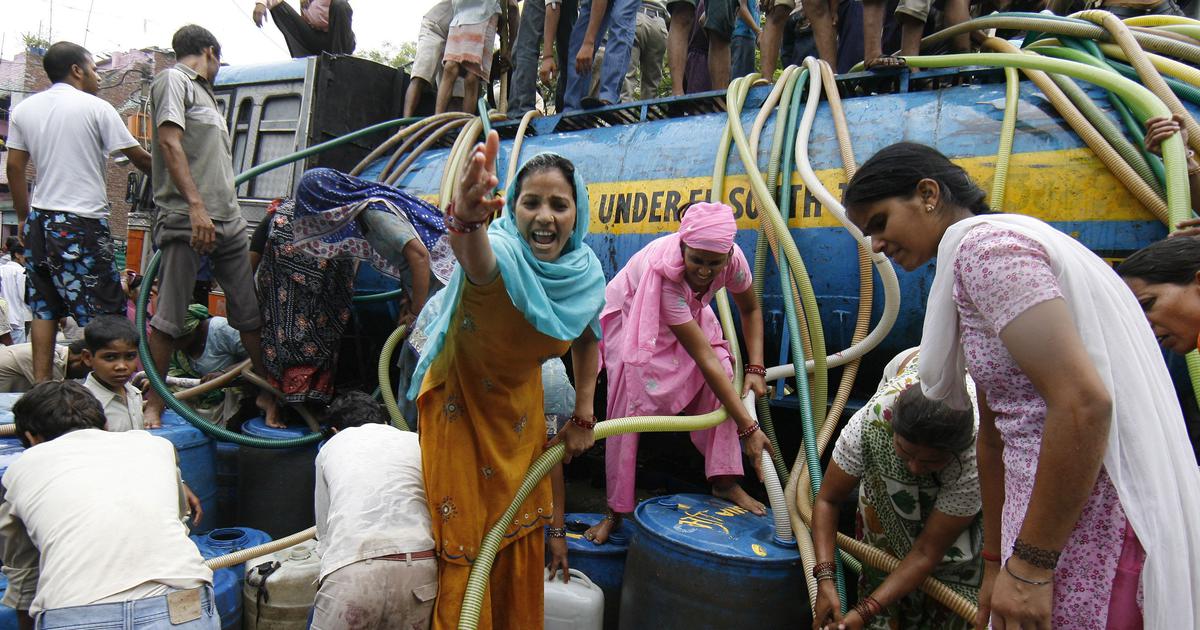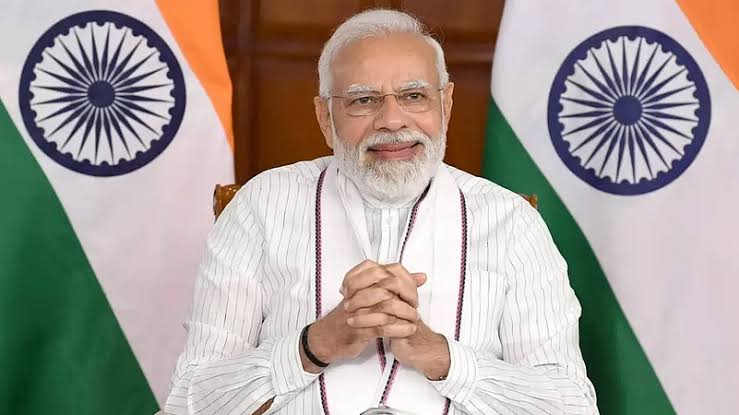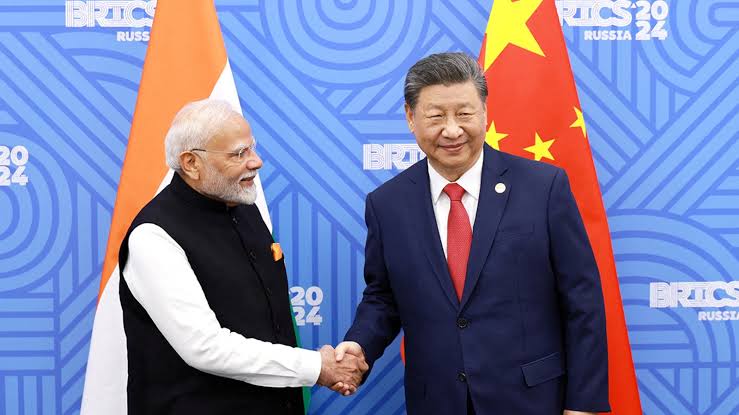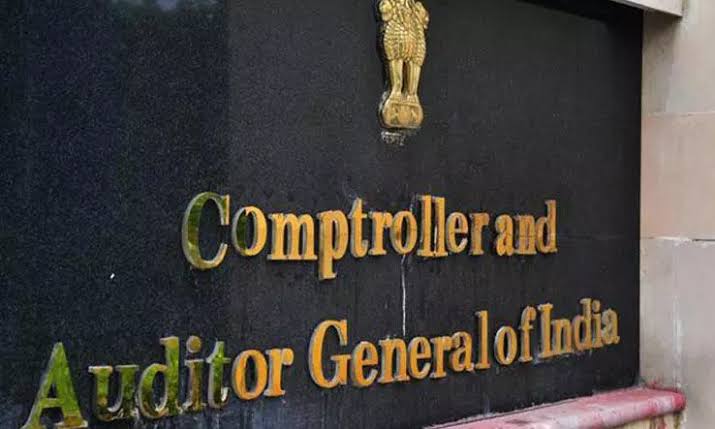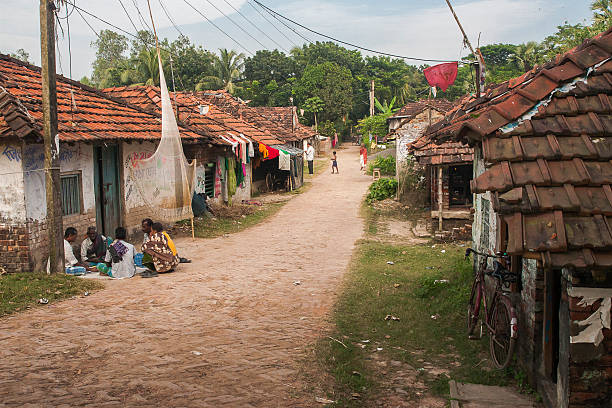From invisible workers to urban stakeholders : Embracing migrants!
- ByBhawana Ojha
- 27 Aug, 2025
- 0 Comments
- 2
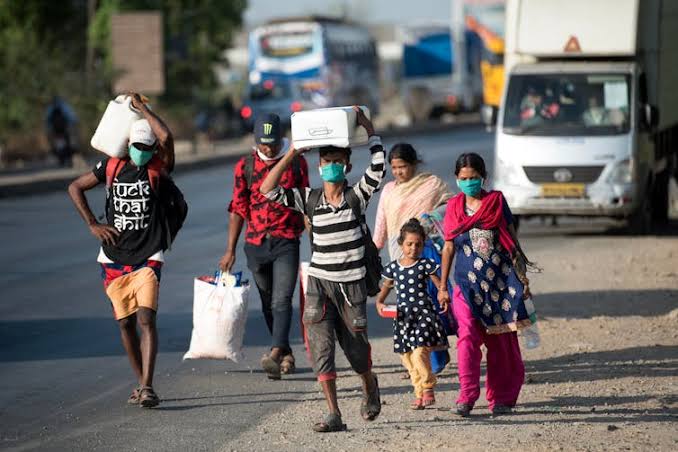
India’s cities are powered by millions of internal migrants who make up over a third of urban populations, yet their absence from governance and planning frameworks is stark. Saskia Sassen’s concept of the global city hints at this thriving on low-cost, flexible labor while rendering contributors invisible. The COVID-19 exodus exposed these systemic inequalities, offering a rare moment to reimagine cities as democratic, inclusive spaces—but policy lags continue. The draft National Migration Policy (2021) remains unimplemented, and programs like the Smart Cities Mission often exacerbate exclusion by privileging aesthetic infrastructure over everyday migrant realities.
Transformative inclusion means integrating migrants into every layer of urban life: from participatory planning to public services access, housing, and civic representation. Cities can foster urban citizenship—where access to essential amenities and the right to the city are ensured regardless of migrants' formal status. International models—from Boise’s equitable zoning to London’s Borough of Sanctuary empowerment grants—demonstrate how inclusive design, governance, and narrative-shaping yield resilient, cohesive cities.
Tags:
Post a comment
How Zubeen Garg became Assam’s Voice of Unity!
- 04 Oct, 2025
- 2
PM Modi to address nation at 5:00PM Today!
- 21 Sep, 2025
- 2
Modi returns to china, SCO talks with Xi and putin!
- 30 Aug, 2025
- 2
States’ debt surge, EC form-7 & River silt issues!
- 20 Sep, 2025
- 2
What Villages Teach Us About India’s True Growth!
- 22 Aug, 2025
- 2
Categories
Recent News
Daily Newsletter
Get all the top stories from Blogs to keep track.







